Maths
:![IMG_4760[1].JPG](/uploads/378/images/IMG_4760[1].JPG)
This term the children have been re-visiting place value. We have reminded ourselves what each digit represents.
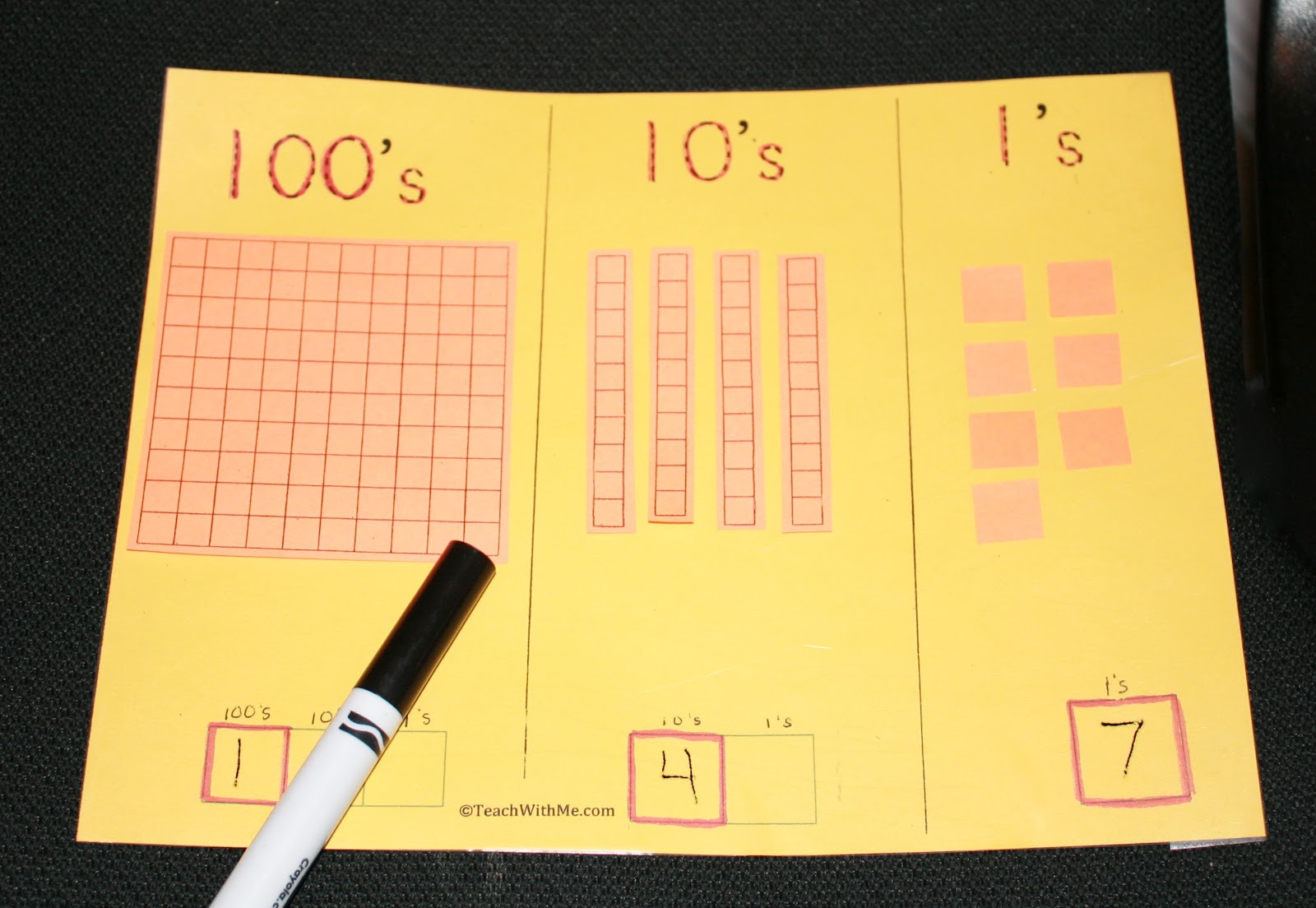

What is place value? - BBC Bitesize
Let's look at how to compare and order decimals, using number lines to help us.
Example 1
On the number line below we can see that 2.3 (two and three tenths) is less than 2.8 (two and eight tenths).
2.8 is five tenths more than 2.3.

Comparing and ordering decimals - Maths - Home Learning with BBC Bitesize - BBC Bitesize
Rounding to nearest 10,100,1000,100000
![IMG_4757[1].JPG](/uploads/378/images/IMG_4757[1].JPG)
![IMG_4758[1].JPG](/uploads/378/images/IMG_4758[1].JPG)
Online games your children might enjoy...Hit the Button - Quick fire maths practise for 6-11 year olds (topmarks.co.uk)
Addition and Subtraction
What is column addition? - BBC Bitesize
This term we have been learning about multiples and factors...
click on the link below:
What are multiples? - BBC Bitesize


Click the link below to play TTRockstars.
Today we are looking at common factors.
- A common factor is a number that can be divided into two different numbers, without leaving a remainder.
- Often numbers can share more than one common factor.
- It is possible to find the common factors of more than two numbers. Please click the link below and watch for further understanding.
https://www.bbc.co.uk/bitesize/topics/z6j2tfr/articles/z72r97h
Today the children are learning all about Square Numbers.
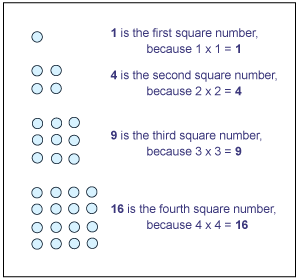
The children really enjoyed today's lesson.
Please click on the BBC Bitesize logo for further understanding.
This week we have also been practicing our bus stop method for division.
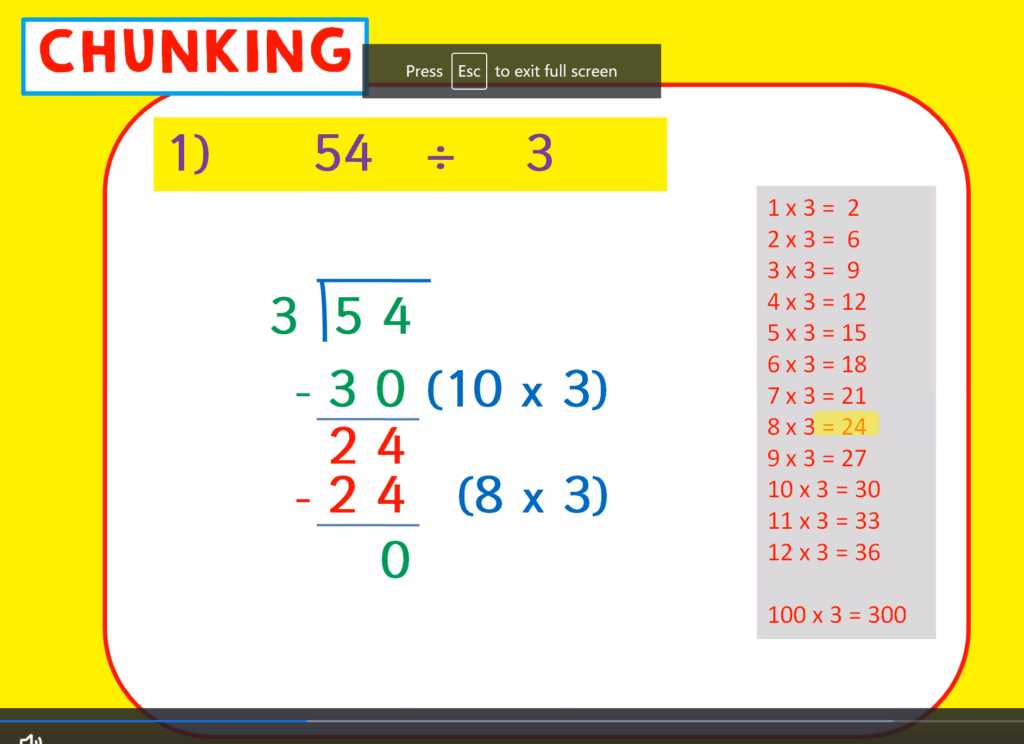
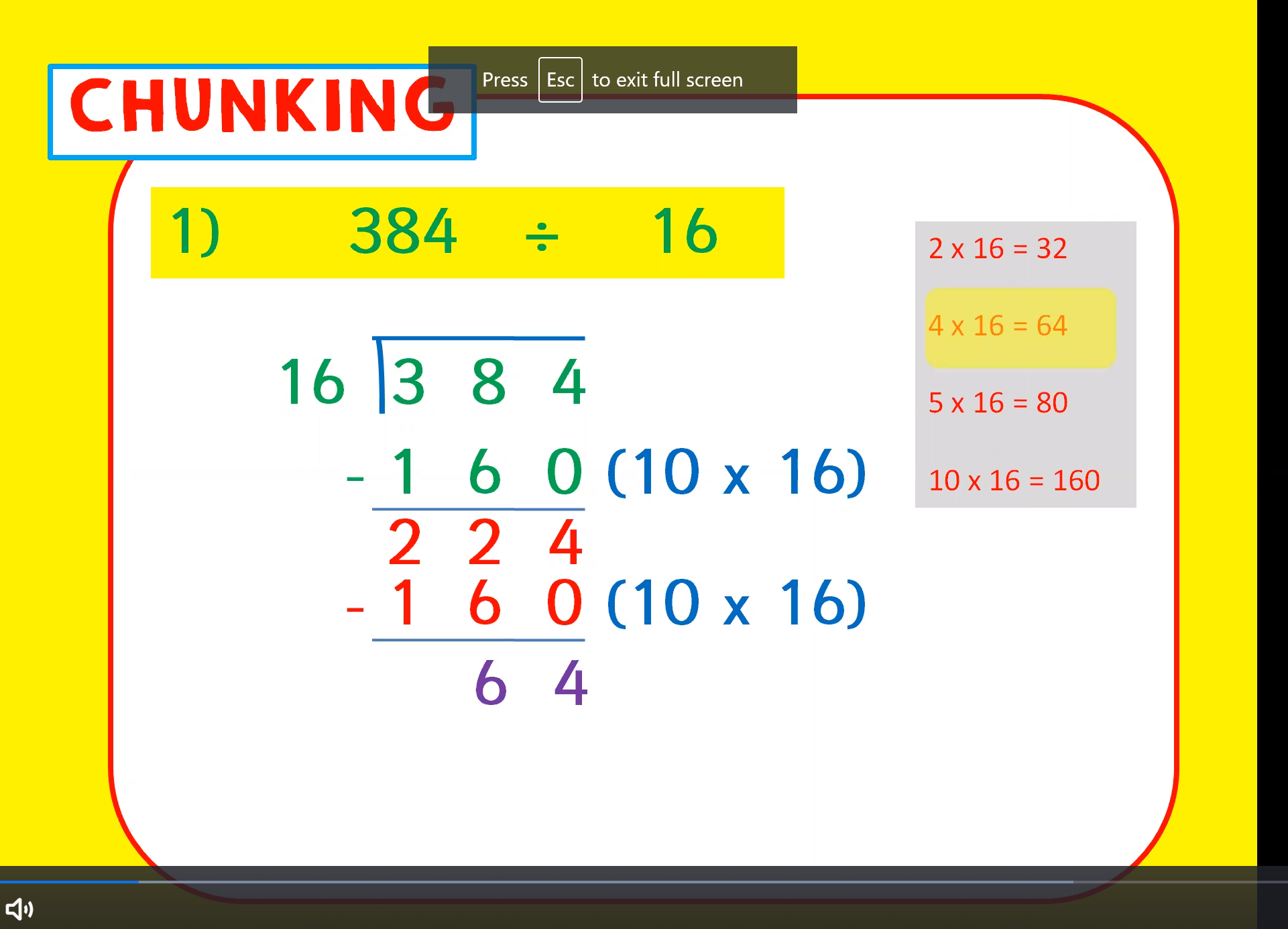
Create a fact box to help you. Then you can start subtracting by using your fact box.
Click on the link below for further understanding.
The children have been really busy learning the chunking method. They are building their confidence daily by putting the techniques they have learned in word problems.
This week the children will be learning Fractions.
What are Fractions?
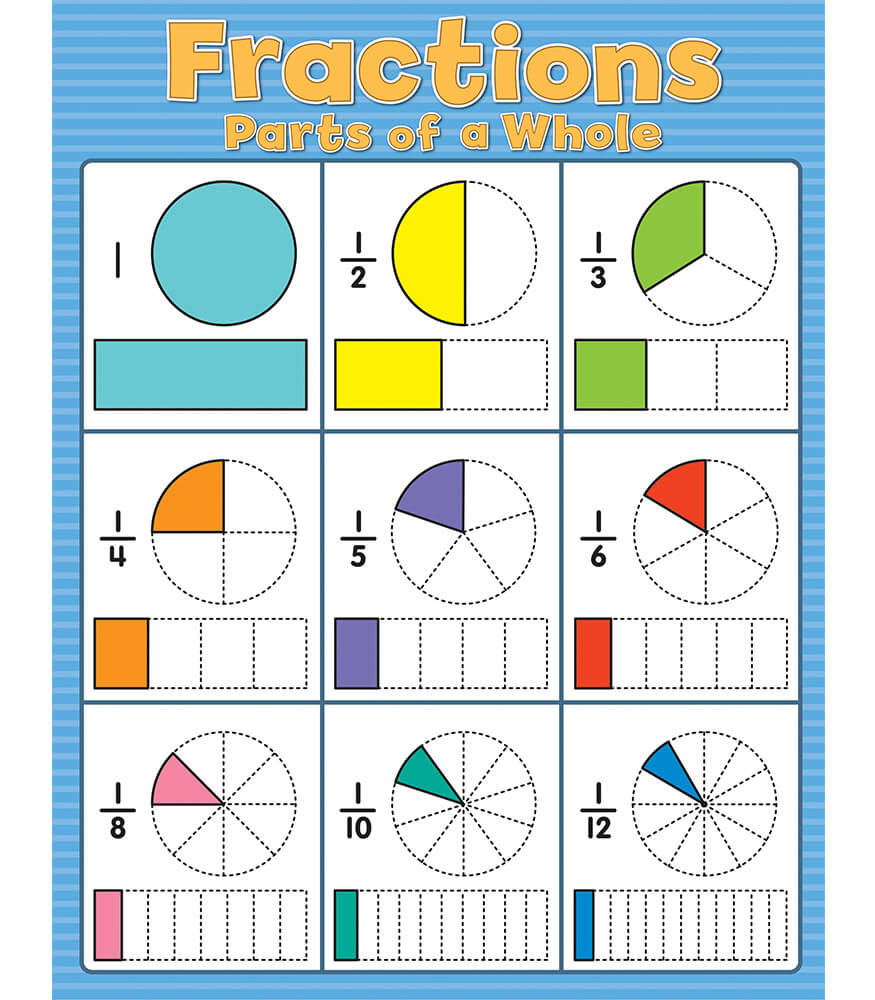

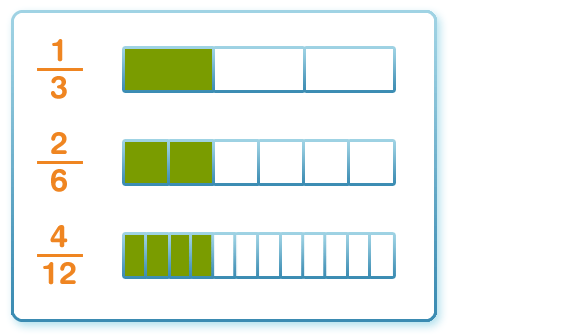
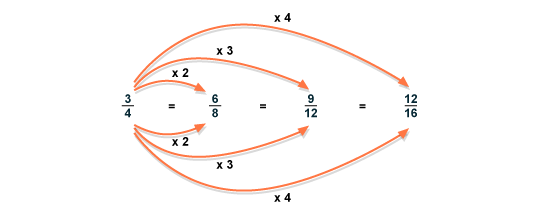
This week the children are studying multiplication, 3 digits multiply 1 digit.
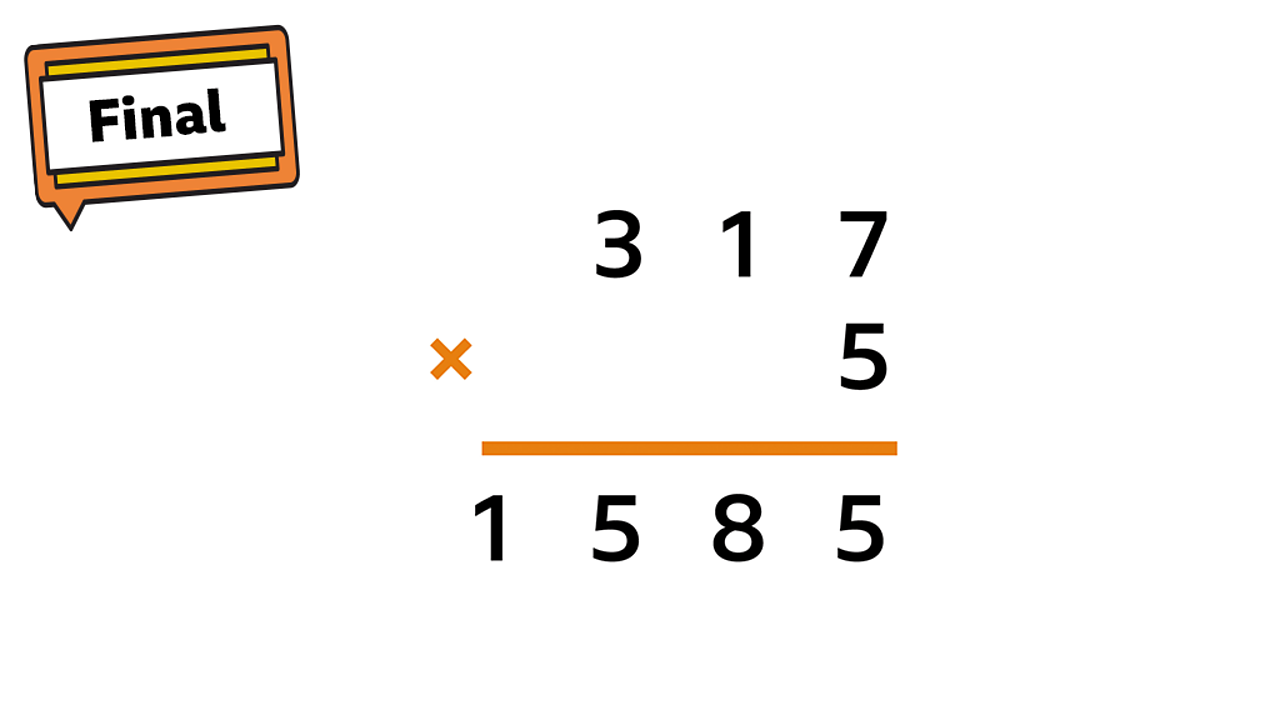
Multiply a 3-digit number by a 1-digit number - Maths - Learning with BBC Bitesize - BBC Bitesize
Spring 1
https://www.bbc.co.uk/bitesize/topics/zkfycdm/articles/zcrmqty
Reflection
When light from an object is reflected by a surface, it changes direction. It bounces off the surface at the same angle as it hits it.
Smooth, shiny surfaces such as mirrors and polished metals reflect light well. Dull and dark surfaces such as dark fabrics do not reflect light well.
What is reflection? - BBC Bitesize
Reflection
| Reflections are everywhere ... in mirrors, glass, and here in a lake. ... what do you notice ? |
|
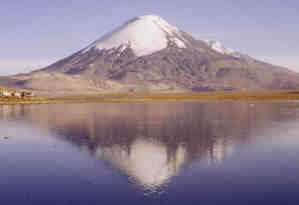 |
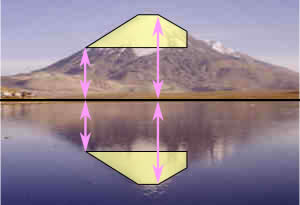 |
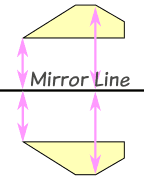
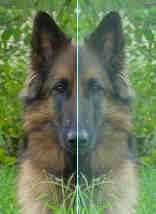 |
Can A Mirror Line Be Vertical?Yes.
Here my dog "Flame" shows a Vertical Mirror Line (with a bit of photo magic) |
|
In fact Mirror Lines can be in any direction.
Imagine turning the photo at the top in different directions ... ... the reflected image is always the same size, it just faces the other way: |
||
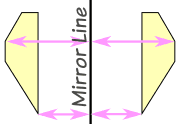 |
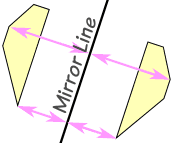 |
|
![IMG_5660[1].JPG](/uploads/378/images/IMG_5660[1].JPG)
![IMG_5661[1].JPG](/uploads/378/images/IMG_5661[1].JPG)
![IMG_5662[1].JPG](/uploads/378/images/IMG_5662[1].JPG)
WEIGHT in Grams & Kilograms
- Grams
- Kilograms
- Tonnes
|
1 kilogram = 1,000 grams
A dictionary has a mass of about one kilogram.
|
 |
 |
Kilograms are often written as kg (that is a "k" for "kilo" and a "g" for "gram), so "10 kg" means "10 kilograms".
Scales measure our weight using kilograms. An adult weighs about 70 kg. How much do you weigh?
|
![IMG_5665[1].JPG](/uploads/378/images/IMG_5665[1].JPG)
Multiplying and dividing decimals
Decimals are used every day, for example, when using money. Knowing how to use decimal points and places when adding, subtracting, dividing and multiplying is an important mathematical skill.
What are fractions? Do we need to learn about them? HMMMM... Lets take a look!
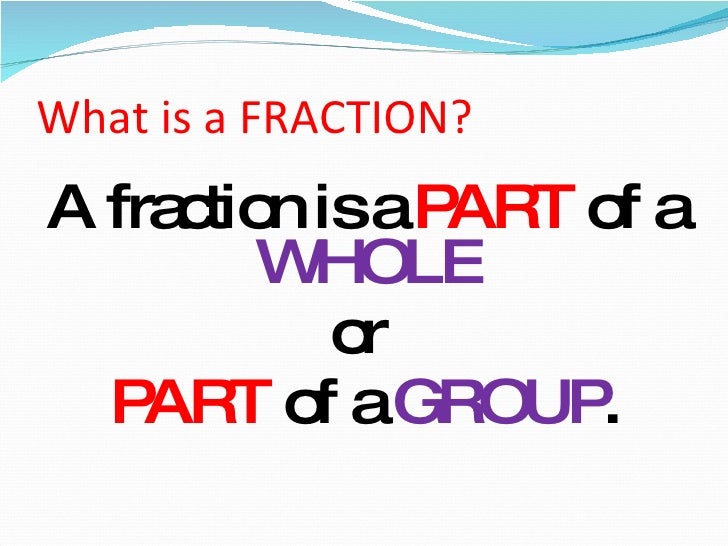
Sometimes 1 fraction has the same value as another even if you use different numbers... let´s take a look:)
Here is another example...
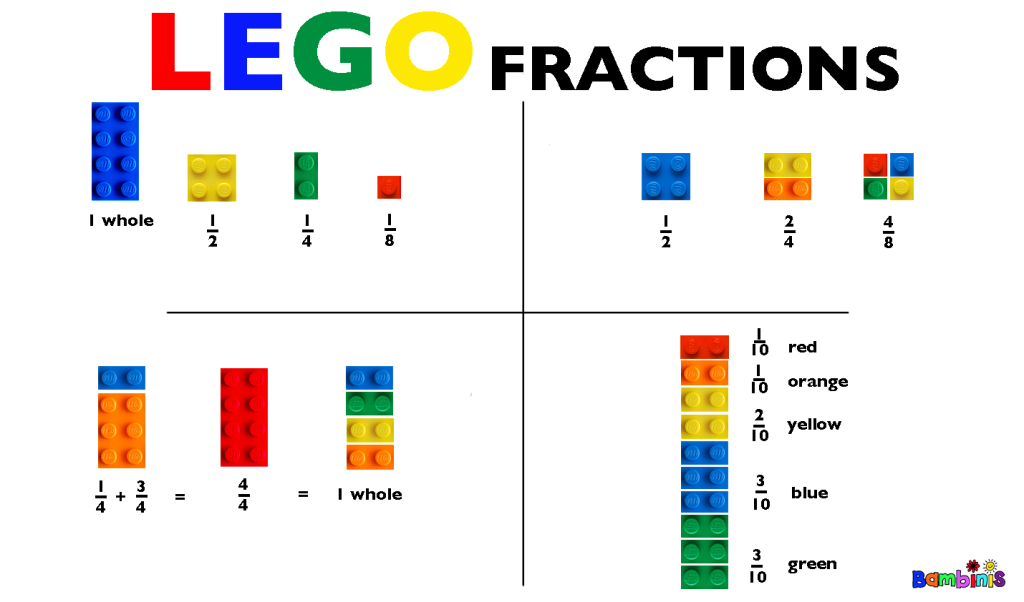
Multiplying Decimals Made Easy! - YouTube
Multiplying decimals by integers - Maths - Learning with BBC Bitesize - BBC Bitesize
![IMG_5668[1].JPG](/uploads/378/images/IMG_5668[1].JPG)
![IMG_5669[1].JPG](/uploads/378/images/IMG_5669[1].JPG)
 Reedley Primary School
Reedley Primary School![IMG_4759[1].JPG](/uploads/378/images/IMG_4759[1].JPG)
![IMG_E4488[1].JPG](http://www.reedley.lancs.sch.uk/uploads/378/images/IMG_E4488[1].JPG)

![IMG_5663[1].JPG](/uploads/378/images/IMG_5663[1].JPG)
![IMG_5666[1].JPG](/uploads/378/images/IMG_5666[1].JPG)